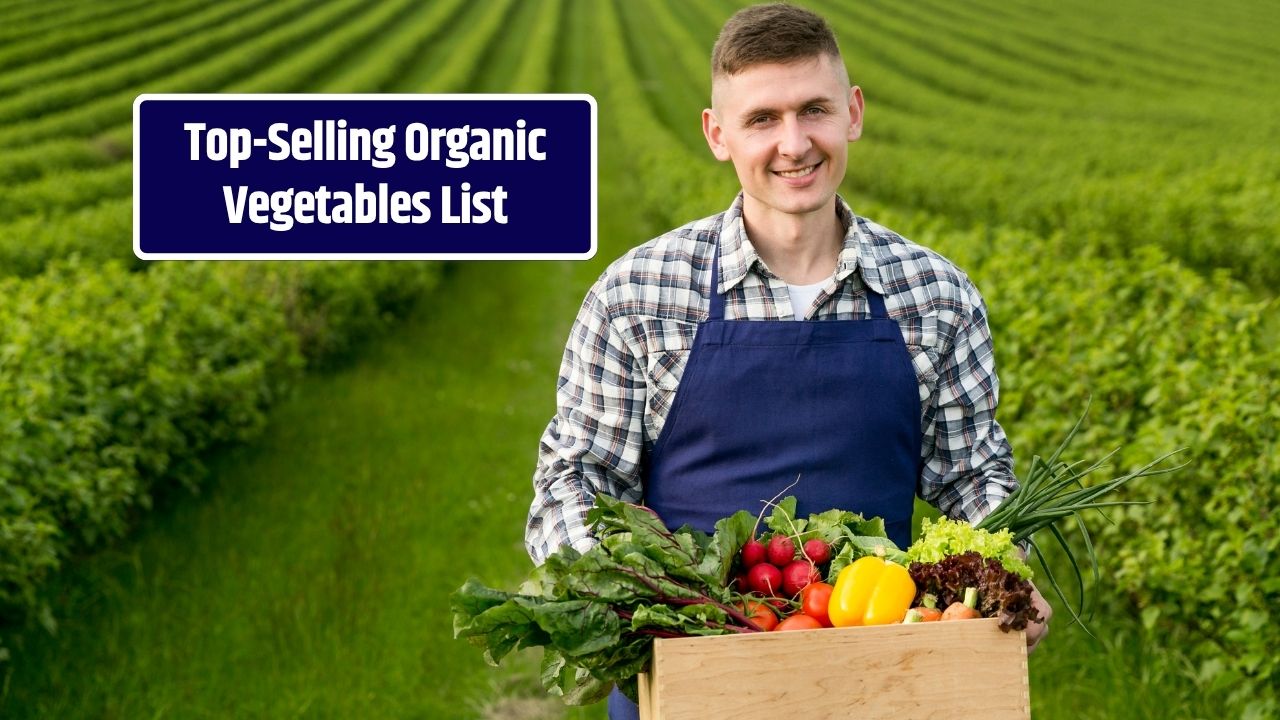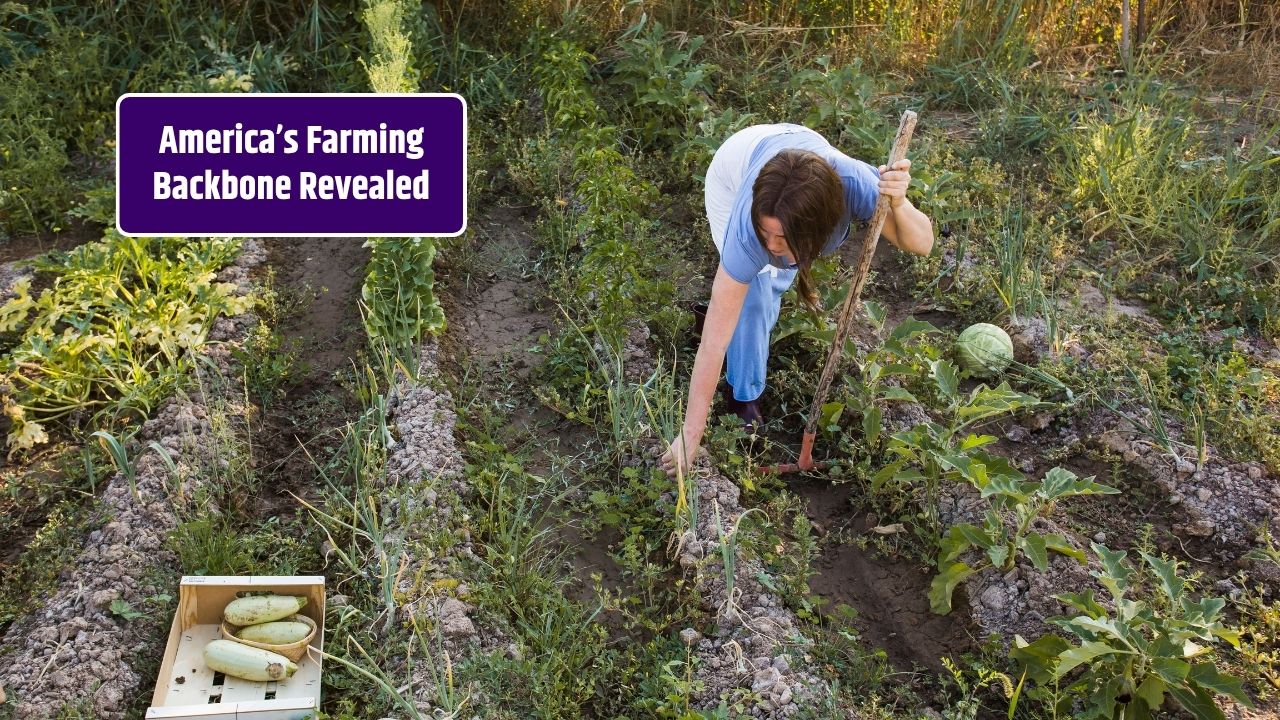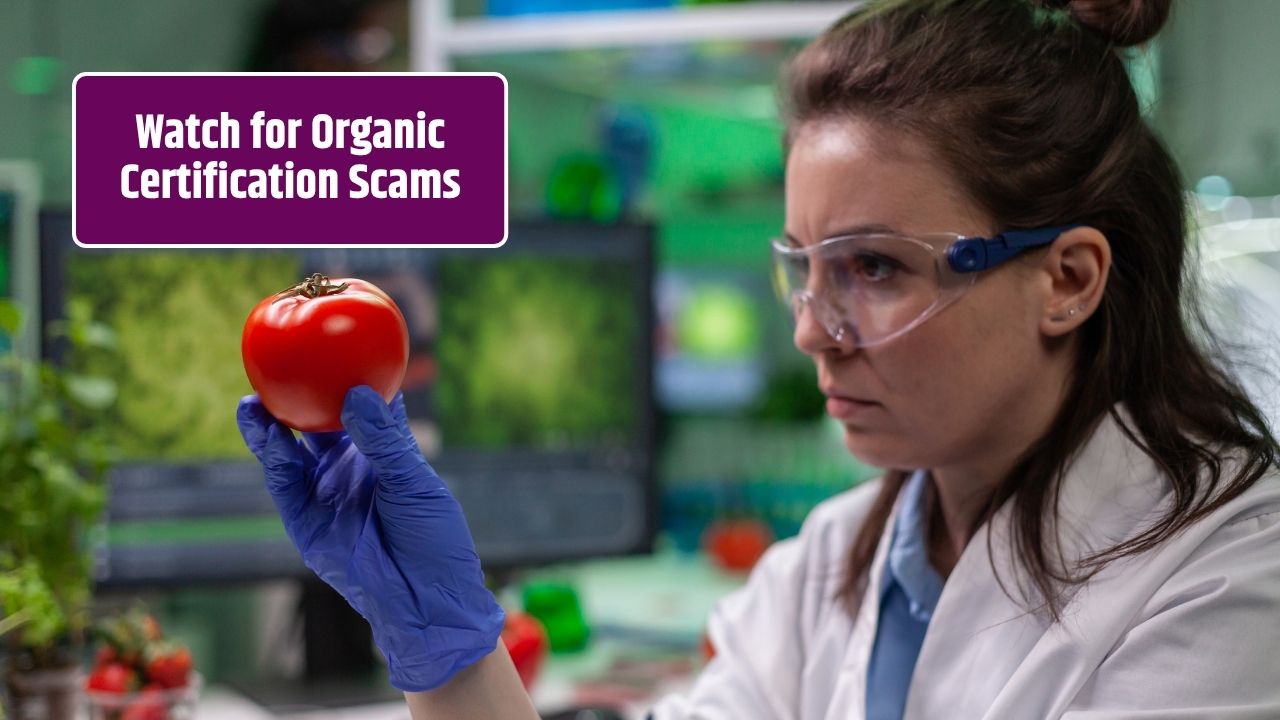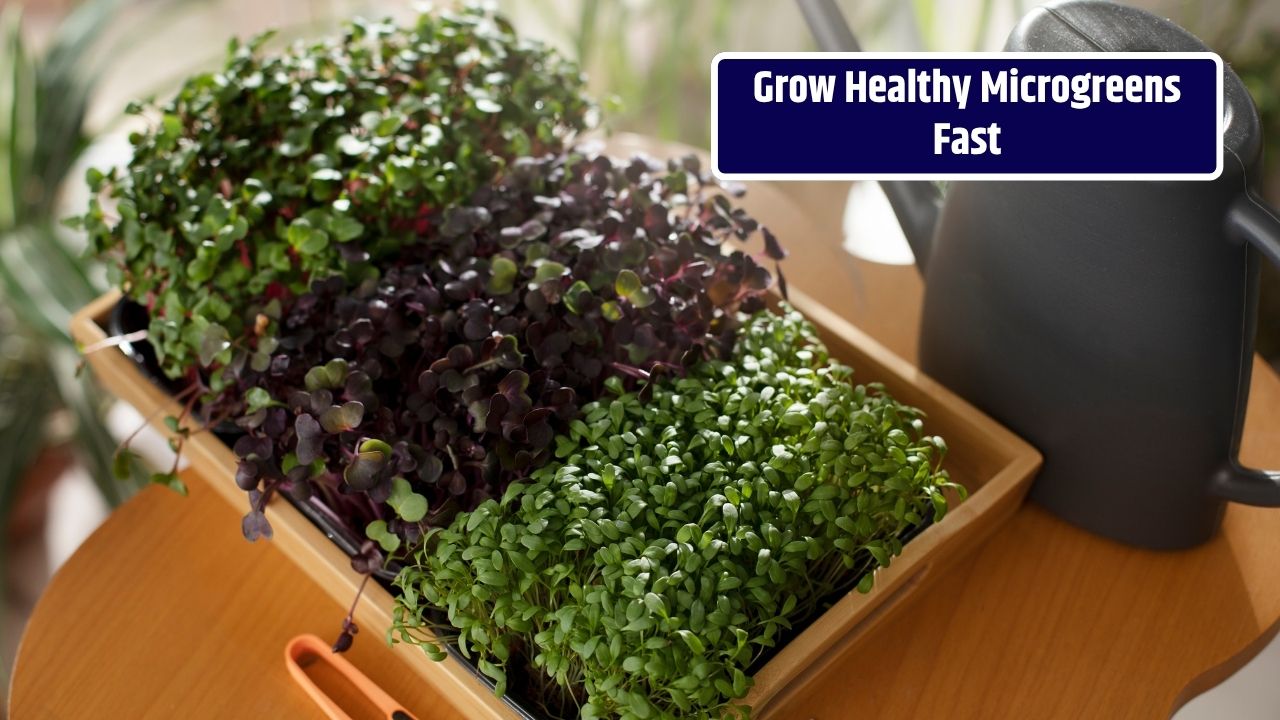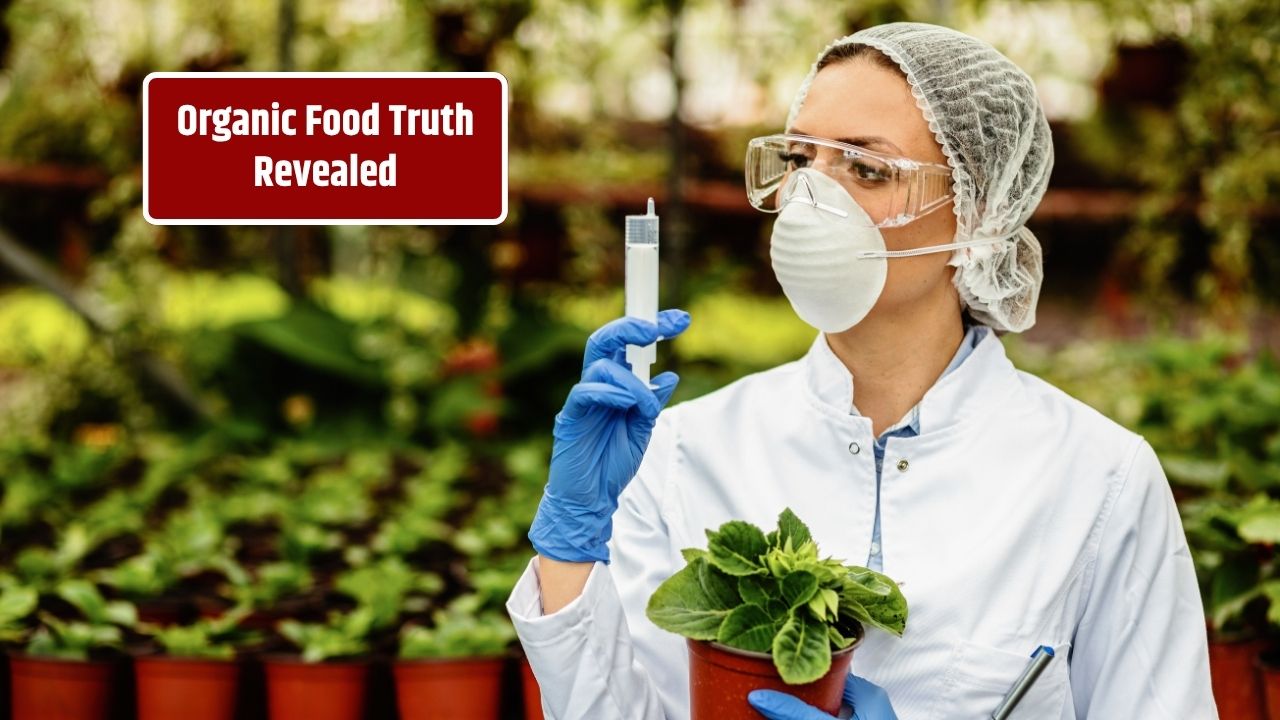Growing and selling organic vegetables is one of the best ways for small farmers, homesteaders, or backyard gardeners to turn a passion for healthy living into a profitable side business. With the demand for organic produce rising each year, choosing the right crops is key to maximizing both yield and revenue.
Here’s a breakdown of the top 10 organic vegetables that are easy to grow, require minimal inputs, and have strong market demand, especially at farmers’ markets, local grocers, and CSA programs.
Table of Contents
Top 10 Organic Vegetables That Are Easy to Grow and Sell
1. Lettuce
Lettuce is a fast-growing, cool-season crop that can be harvested multiple times. It thrives in containers, raised beds, or open fields.
- Varieties: Romaine, butterhead, red leaf
- Growing Time: 30–45 days
- Selling Point: High turnover, consistent demand, easy packaging
2. Tomatoes
Tomatoes are one of the most profitable organic crops, especially heirloom or cherry varieties.
- Varieties: Cherry, Roma, Brandywine
- Growing Time: 60–85 days
- Selling Point: High value per pound; can also sell seedlings or sauces
3. Spinach
Spinach is a nutrient-dense leafy green that grows well in cool weather and regenerates quickly after cutting.
- Growing Time: 35–50 days
- Selling Point: Popular with health-conscious consumers; stores well refrigerated
4. Radishes
Radishes are among the quickest crops to grow—great for beginners and succession planting.
- Growing Time: 25–30 days
- Selling Point: Fast harvest, low space requirement, vibrant color appeal
5. Zucchini (Courgettes)
Zucchini produces abundantly and grows rapidly in warm climates.
- Growing Time: 45–60 days
- Selling Point: High yields per plant; customers love it grilled or spiralized
6. Carrots
Carrots thrive in loose, sandy soil and are a farmers’ market staple.
- Varieties: Nantes, Danvers, Chantenay
- Growing Time: 60–75 days
- Selling Point: Long shelf life and ideal for juicing, roasting, and raw snacks
7. Green Beans
Green beans are productive, especially pole varieties, and are easy to pick.
- Varieties: Bush or pole beans
- Growing Time: 50–60 days
- Selling Point: High yield over a long season; low input needs
8. Cucumbers
Crisp and refreshing, cucumbers are in high demand for pickling and salads.
- Varieties: Slicing, pickling, English
- Growing Time: 50–70 days
- Selling Point: Can be sold fresh or as pickled products
9. Beets
Beets are dual-purpose crops—roots and greens are both edible and sellable.
- Growing Time: 50–65 days
- Selling Point: Popular among chefs and juicers; vibrant colors attract buyers
10. Kale
Kale remains one of the top superfoods in organic markets, and it’s hardy, too.
- Varieties: Curly, Lacinato (Dino), Red Russian
- Growing Time: 50–65 days
- Selling Point: Long growing season, frost-tolerant, high in nutrients
Table: Overview of Top Organic Vegetables
| Vegetable | Days to Harvest | Profitability | Growing Ease | Market Demand |
|---|---|---|---|---|
| Lettuce | 30–45 | High | Easy | High |
| Tomatoes | 60–85 | Very High | Moderate | Very High |
| Spinach | 35–50 | High | Easy | High |
| Radishes | 25–30 | Medium | Very Easy | Medium |
| Zucchini | 45–60 | High | Easy | High |
| Carrots | 60–75 | Medium | Easy | High |
| Green Beans | 50–60 | Medium | Easy | Medium |
| Cucumbers | 50–70 | High | Moderate | High |
| Beets | 50–65 | Medium | Easy | High |
| Kale | 50–65 | High | Easy | Very High |
Tips for Selling Organic Vegetables
- Label as “Certified Organic” only if your farm has passed organic certification; otherwise, use “organically grown” if following organic practices.
- Use CSA programs to secure upfront payment and build customer loyalty.
- Partner with local restaurants that feature farm-to-table menus.
- Offer variety packs or salad bundles to increase average sale size.
- Educate customers about how your produce is grown — transparency sells.
Organic farming doesn’t have to mean large acreage or expensive equipment. By choosing fast-growing, high-demand vegetables and focusing on efficient, small-scale production, you can build a successful, sustainable income stream from your garden or micro-farm.
FAQs
Do I need to be certified to sell organic vegetables?
Certification is required to use the label “Certified Organic,” but many small growers follow organic methods and label their products as “organically grown” instead.
How can I keep pests away without chemicals?
Use row covers, companion planting, neem oil, and crop rotation. Organic pest control is all about prevention and monitoring.
Where is the best place to sell my vegetables?
Farmers’ markets, CSAs, local co-ops, and even direct-to-consumer through online ordering or pickup.

